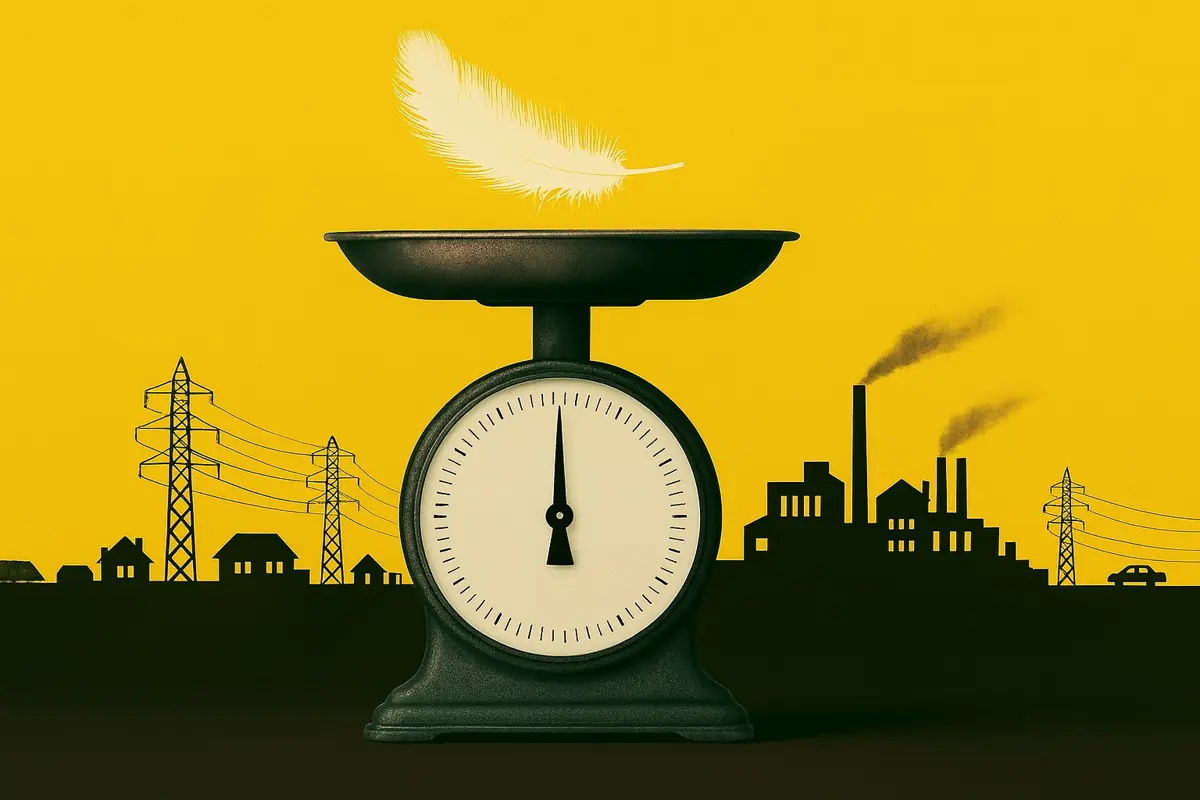Balancing Mechanism: Bulk dispatch launches for batteries
Balancing Mechanism: Bulk dispatch launches for batteries
The ESO launched the Open Balancing Platform (OBP) on December 12th. This launch included the introduction of the “bulk dispatch” function in the control room. This is for two “zones” covering batteries and Balancing Mechanism units less than 50 MW in size (the small BMU zone).
The bulk dispatch functionality creates an optimized set of aggregated instructions to meet a much larger response. These are sent to all Balancing Mechanism Units in one go. Previously, this was an entirely manual process for Control room engineers.
Bulk dispatch is just one part of the reforms the ESO is making to the Balancing Mechanism through the Open Balancing Platform. Read our explainer article for further details on how bulk dispatch is expected to work and other Balancing Mechanism changes in the pipeline.
ESO re-introduced bulk dispatch for batteries following an early technical fault
ESO launched the Open Balancing Platform on December 12th 2023. However, an issue in the “battery zone” was spotted where small high-cost actions (as high as £99,000/MWh) were being dispatched incorrectly. Therefore, bulk dispatch was stopped for batteries after just three days.

On January 8, 2024, the ESO resumed dispatching batteries using bulk dispatch. The dispatched volume on relaunch day was relatively high at 1.9 GWh. This was almost twice the daily dispatch volume in December and the week before the re-launch of 1 GWh a day.
However, dispatched volume has since decreased to a daily average of 1.1 GWh. So, how is bulk dispatch being used for batteries in the Balancing Mechanism? And why has it led to a relatively low increase in dispatched volume?
Batteries received twice as many Bid and Offer Acceptances following the relaunch of bulk dispatch
Although volumes increased only slightly, there was a large increase in the number of instructions issued to batteries. In the week leading up to the relaunch, batteries received an average of 260 new Bid/Offer Acceptances (BOAs) a day (232 excluding the three days in December bulk dispatch was active).

In the week beginning January 8th, batteries received an average of 540 new acceptances a day. This means batteries received twice as many dispatch instructions in the Balancing Mechanism in the first week of the relaunch than before. This increase in BOAs can be attributed to bulk dispatch.
More batteries were given instructions at the same time following the relaunch of the Open Balancing Platform
The use of bulk dispatch can be identified by the number of acceptances received by batteries at the same time. Following the relaunch, the maximum number of units receiving a Bid/Offer Acceptance (BOA) simultaneously on each day was twice as many as the week prior.

Up to 15 units received instructions simultaneously between December 1st, 2023, and January 7th. However, most days, the number was less than 10. On Sunday, January 14th, this doubled to 30.
Despite the increase in the maximum number, the average number of simultaneous BOAs only increased slightly, from 2.7 to 4.4. This suggests that either the bulk dispatch functionality isn’t being utilized all the time or that these dispatches can still be met by only a small number of individual instructions.
Batteries are being instructed more often following the relaunch of the Open Balancing Platform
In addition to more batteries receiving instructions simultaneously, those grouped instructions are being sent more often. The week before the OBP relaunch, batteries received grouped instruction 94 times per day. The week following the relaunch, this increased to 126 times a day.

Batteries instructed to dispatch half the volume
Despite instructions doubling, volumes have only increased by 8%. This is because the control room is dispatching a larger number of smaller units to fulfill a similar total requirement from batteries. As a result the average dispatched volume per individual BOA has decreased by 48%.

An example of this can be shown between the number of units sent an instruction at 00:04 on 18th December 2023, when bulk dispatch was off for batteries, and 11:49 on 14th January 2024, when the bulk dispatch was restarted.

In both cases, 225 MW to 250 MW was required from batteries in the Balancing Mechanism for a similar duration. On December 18th, six units were used to do this at an average 38 MW per asset. Meanwhile, following the relaunch of bulk dispatch on January 14th, 16 units were used to do this at an average of 16 MW per asset.
The impact of bulk dispatch may not be seen for some time
The first full week following the re-launch of bulk dispatch for batteries has shown that the control room is using it to instruct more batteries simultaneously. However, the impact of bulk dispatch is limited by how it is used in the control room and the total volume sent to batteries. If batteries are still sent requirements of the same volume as before, the technology alone will not significantly help skip rates (the actual impact may vary depending on asset size).
The OBP is a new system for Control Room engineers, and it may take time for the engineers to use it consistently and effectively. Once this has been achieved, batteries could see an increase in dispatch volume (and therefore dispatch rate).
As a result, the impact of bulk dispatch on skip rates and revenues may take time to become evident. If skip rates can be improved, the Open Balancing Platform could ultimately lead to an increase in revenues for battery energy storage.







